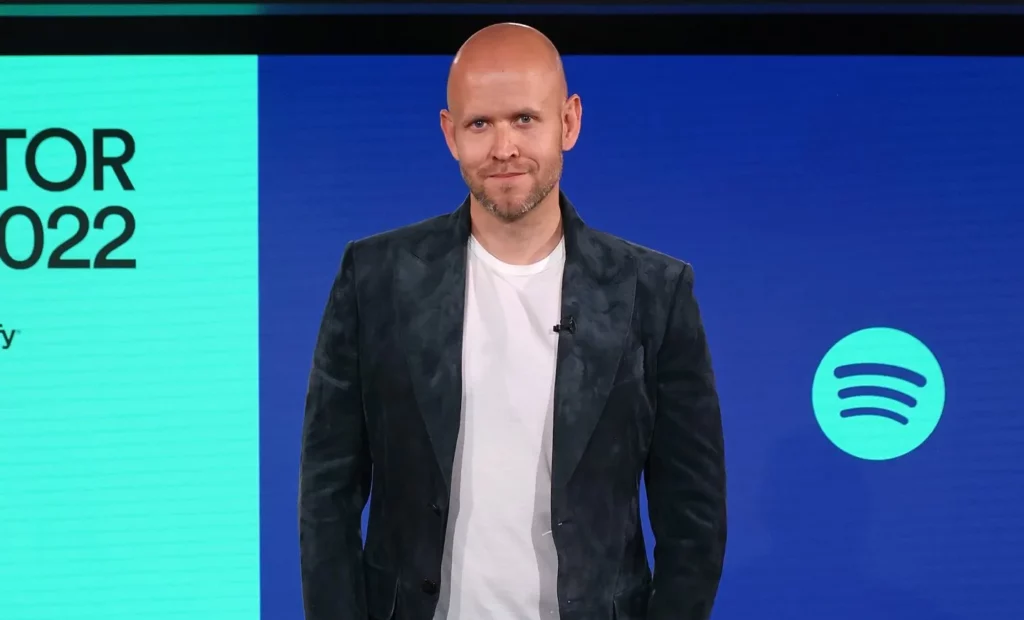
The advertising business of Spotify has been the only thing that has hindered its growth over the years. In countries such as those in the US and the EU, it was founded on the back of subscriptions. The advertising side was added later. Its revenues still lean heavily toward subscription revenues, accounting for about 80 percent of its total revenue.
However, since subscribers remain the majority of its customers – 40% of customers are paying for their subscriptions – it leaves plenty of potential to grow non-subscription revenue. Carlet thinks India and Japan are two key markets in which it can capitalize on this opportunity.
The relative stability of the audio platform in India has allowed the platform to experiment in ways that would not be feasible in other countries. The service was only introduced in India in 2019 and, as its director of international sales, Kristiana Carlet, says, allows it to develop subscriptions and advertise equally.
She added: “Now we have our CEO who stated – before I joined, actually that the revenue from advertising is likely to make up 20% of your revenue that is huge. We are well on track to achieve this.
“If I think of India, this journey is fascinating because we began four years ago with just a tiny sales team. We began to notice that our subscription-free path was distinct from another market. They were in line with where subscription, particularly in EMEA, is the main driver for most markets.”
She states that the opportunity for Spotify in India is in building out complementary subscription-and-advertising-based options. To achieve this, she says that the sales team of Spotify advertising in India will soon grow to five times larger than they were when she started the company in early 2022.
She also wants to highlight that the name recognition of Spotify has opened doors for sales representatives across the globe. The brand’s popularity, the size of its user base (it exceeded 500 million subscribers in the last quarter of this year, and the percentage of premium subscribers fell to around 40 percent) and the first-party data it collects allow it to talk to large brands regarding collaboration opportunities.
The company’s partnership in April with Disney Plus in April resulted from a similar conversation, Carlet says. Carlet says combining Disney’s content with the analytical tools and the background of Spotify player creates a halo effect for advertisers. “You should consider specific UK campaigns. One campaign was specifically with Disney Plus recently, where we’ve demonstrated how we can achieve this by using how our audience members are consuming our material.
“Plus, our client knows their customers and what they enjoy. So, how do we connect these tools to create fantastic results that are captivating for listeners who would like to click it and revisit it.”
Measurement of creativity
Whatever the location where the company invests its money geographically, Carlet says that the marketer and brand’s priorities are the same: measuring. She explains her background in display advertising. She also says she says that audio-based advertising follows the same path beginning with the manual insertion of advertisements through CTAs and programmatic ads, as well as more interactive and engaging executions.
Advertising demand for more accurate measurements is a common theme and not only for audio. What’s different, Carlet says, is how fast the audio ecosystem is growing. Carlet says that even though it is important to demonstrate ROI in the eyes of marketers, this market requires education about the significance of content and creativity in bringing content to listeners.
“It’s reasonable to say that the audio many advertisers use is new. Even in markets like the UK… it is a continuous education process since advertisers are taught about standard audio and creativity, and now, we’re planning to broadcast. This is a fascinating area because it’s a content space. Many of our clients look at the space more like you were thinking of television as an example since it’s all about programming.”
In this regard, Spotify’s main goal is to show the power and quality of its content to marketers. In Cannes the festival, for example, the company is investing a lot of money to bring some of the most famous names in the world of audio – from bands including Foo Fighters to the most popular artists from its collection of audiobooks and podcasts – before a crowd at the Spotify beach.
In citing the example of a friend whose voice serves as the foundation for the DJ powered by AI within Spotify, the artist explains that the connection between the real world and the in-app experience is a powerful tool for setting the tone that advertisers can communicate with Spotify listeners. She’s particularly interested in highlighting the potential of these AI tools to help discover and engage with the platform, which could further enhance that context.
Spotify is currently undergoing a period of transformation that has seen its priorities shift from subscription-only to a mix of subscriptions and advertising revenue. According to Carlet states, the company’s main focus remains on the quality of content and innovation that users can enjoy on the platform. Everything flows from there.
